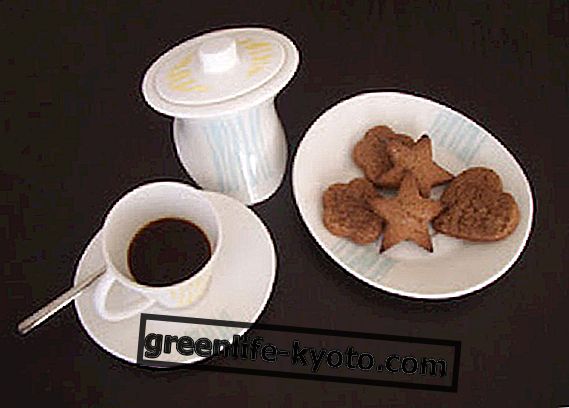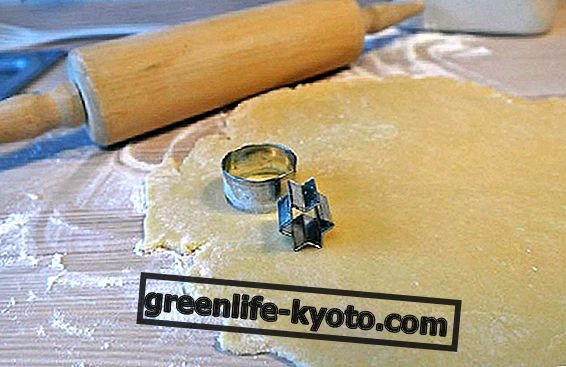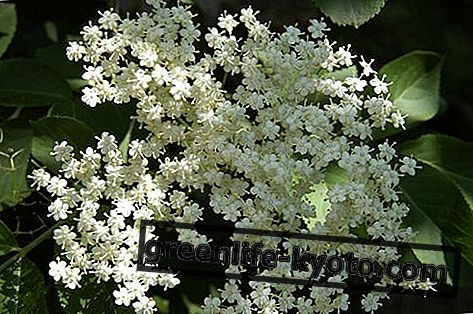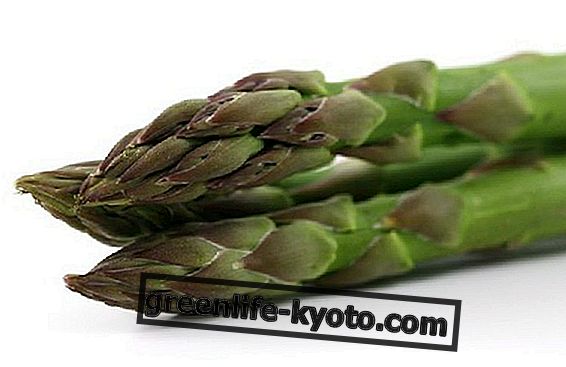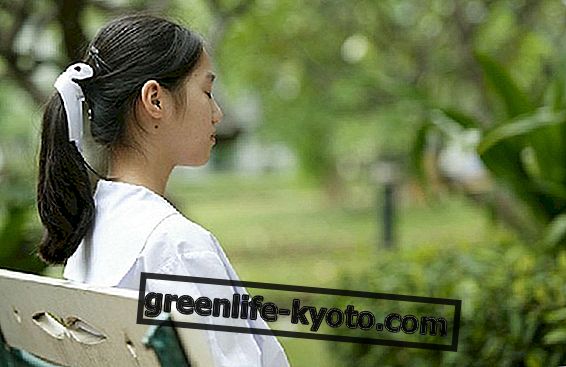
In some circumstances, arriving at the end of the day is particularly challenging: perhaps captains of unexpected events at work, family discussions, bad news or unpleasant unforeseen events that complicate the normal course of everyday life.
We feel moments when we feel overwhelmed by impotence or anger during which we fail to reason lucidly and find appropriate countermeasures.
How to help us? First of all, as our grandmothers used to say: let's take a deep breath! Then, we learn to use that very powerful yogic tool which is pranayama to find calm and balance.
3 easy techniques for relaxation
Yoga is not only constituted by bodily positions, on the contrary, they represent only a small part of it.
The discipline also includes a whole series of breathing techniques of various kinds and levels that help one to come into contact with the breath, to come to terms with it, to feel it as a living and vital force that flows within us.
Even beyond yoga, the work on the breath is important because it is able to change the level of our mental energy and to intervene on the management of emotions . Breathing in a fragmented, rapid and decomposed way is not only not beneficial for proper breathing, but also negatively affects our inner balance.
We want to offer you techniques below that you can use all those times you feel stressed, suffocated by anger or overcome by frustration.
They are specific just to infuse you with a state of relaxation, calm and mental clarity and they are excellent even before you sleep, especially if you have had a heavy day: they will help you slip gently into sleep without polluting the night rest with daytime anxieties.
Abdominal breathing
Abdominal breathing is one of the first to be learned in the path of yoga: it is the slow and tasty breathing of children, the most relaxing.
The technique is quite simple: bring your attention to the navel and in the inhalation watch the navel rise, in exhalation, watch it lower. A deep abdominal movement is triggered which is a pleasant massage and gives a sense of slowness and relaxation. Practice it continuously for a few minutes, then abandon the session full of the benefits of the practice.
The extra advice: don't be fooled by the apparent ease of the exercise and perform it with mindfulness and concentration. You can make it yours at any time of nervousness or tension, perhaps by having your favorite yoga music accompany you.
Abdominal breathing: a variation
It seems appropriate not to immediately abandon the field of abdominal breathing because it is indeed a very valid key to relaxation and it is the type of breathing that should constantly act in us.
Precisely in order to enhance its already inherent relaxing effect, we propose a variation on the theme: inhale naturally and prolong as much as possible the exhalation also introducing, if desired, a pause with empty lungs : the aim is to slow down as much as possible the expiratory phase, dosing the air flow in the nostrils (always according to your possibilities).
The extra tip: to make the technique even more meaningful, try concentrating, in exhalation, on the air that crosses your nose, almost savoring it. Feel like, one exhalation after another, the mind slowly empties of torments and becomes more and more lucid ...
Breathing with alternate nostrils
Finally, a somewhat more elaborate technique, but one that will give you great satisfaction: alternate nostril breathing.
- close the left nostril and inhale to the right;
- close the right nostril and exhale to the left;
- resume the exercise, inhaling to the left and continuing for a few cycles always breathing in where you have just exhaled
In more advice: the technique involves the use of the fingers to open and close the nostrils. You can position them in two ways, always using thumb and ring for opening and closing:
Mode n ° 1: open the hand with the palm up and bring the index and middle fingers towards the palm;
Mode n ° 2: rest in the middle between the index and middle eyebrows and always position your thumb and ring finger near the nostrils.

